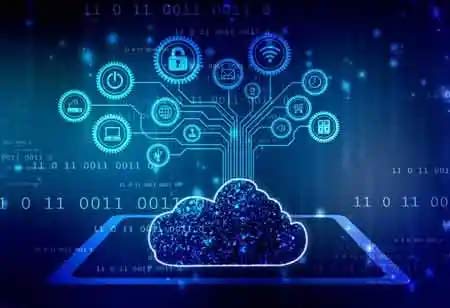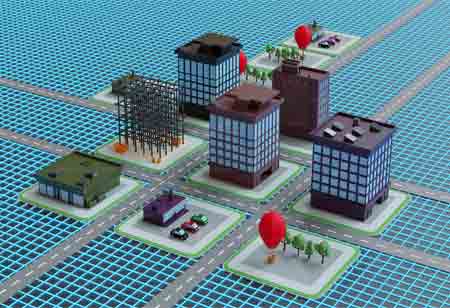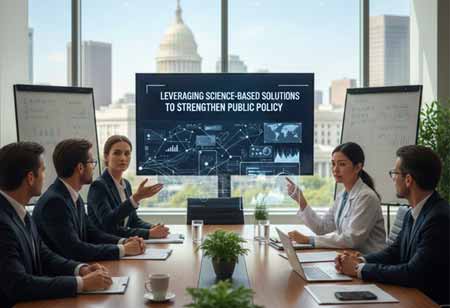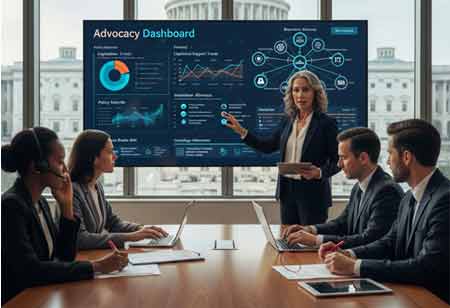Thank you for Subscribing to Gov Business Review Weekly Brief
Information Technology and Emergency Preparedness
Technologies are essential to crisis prevention, preparation, and management.

By
Gov Business Review | Monday, April 04, 2022
Stay ahead of the industry with exclusive feature stories on the top companies, expert insights and the latest news delivered straight to your inbox. Subscribe today.
Technologies are essential to crisis prevention, preparation, and management.
FREMONT, CA: Technological advancements aren't just aimed at making life better. Much new technology has been made with the precise purpose of enhancing the handling of large-scale exigencies.
In the case of emergency planning and prevention, it is important to guarantee good communication, data analysis, and security, and new technology gives the core for all of these things. Find out how these important IT resources are required for emergency or disaster management.
Emphasizing Technology Readiness: Before technology can help in an emergency, it must have its disaster readiness strategy. Business owners are encouraged to create an IT disaster recovery plan to confirm their technology is protected, accessible, and restored during a disaster.
Besides a business continuity plan, firms should have a plan for rehabilitating phone lines, computer networks, and servers in case of a disaster. For example, if a corporation puts its data in the cloud, important staff must learn how to access it. Remote monitoring and management (RMM) of the network and cloud allows IT personnel and staff to readily access and secure this data in an emergency. This is particularly advantageous when a workforce has remote workers who may be necessary to restart operations without returning to the office.
Utilizing GPS and GIS: Location tracking is another important part of emergency and catastrophe management and response. A global positioning system (GPS) uses satellites as navigational aid. The general population utilizes GPS navigation systems, and state and local governments employ these technologies during emergencies.
A geographic information system (GIS) is the same as a global positioning system (GPS). GIS systems allow users to monitor, store, verify and gather data relating to global positioning systems, like streets, vegetation, elevation, or structures. It depends on satellites to supply location data, but this technology can give more details.
Scenario Simulation: Getting ready for emergencies in advance guarantees that the action plan is possible and executable. Due to technical improvements, emergency responders can employ virtual reality (VR) training programs to prepare for large-scale emergencies. Revealing operatives to these complex and unpredictable scenarios via VR makes them feel more prepared, experienced, and willing to deal with them in real life.
Local and state governments rely on these systems to study the patterns and correlations between these factors and the encircling environment. This allows them to watch the state of a crisis and its influence on local communities.
Information Acquired through Public Sources: With social media, technology empowers the public to exchange stories. These accounts are beneficial during times of crisis or misfortune. When those immediately affected by the circumstance share their experiences with the general public online, it gives considerable insight to others.
Using technology, the public can obtain insight into what is happening on the front lines, enabling them to be better ready and take the disaster greatly. For example, if someone publishes a short video of how a fire decimated their area, a viewer in an adjacent community is likelier to take the incident honestly. After observing the magnitude of the calamity, the viewer is more liable to prepare their home and concede with government officials' excretion orders.
More in News






